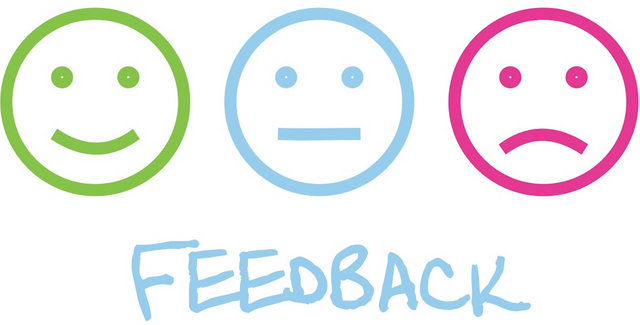PRIORITIZATION AND IMPLEMENTATION OF THE USER FEEDBACK IN A SOFTWARE APP
A quick glance through the feedback and reviews among software application.
It may be difficult for you to choose which reviews or comments to pay attention to in order to
further optimize the application.
Here are some milestones for prioritizing and implementing feedback from users so as to assure
the success of your app and further improve your reputation as a developer and professional
in software development:
- Get it together and analyze your negative feedback. Accept the crunching
opinions.
You should not ignore the positive feedback, but analyzing negative opinions can teach you more.
It is important to collect and study all the opinions. For example, if your app users appreciate its
interface and find it perfect in the visuals, you will know that no change is needed in this regard.
On the other hand, negative reviews or comments, even if they are stinging, will suggest what kind of improvements are welcome to the app, so do not ignore them.
2
Often, it is possible to gain the appreciation and respect of a hater, taking into account his / her
view on the possible errors of the application and showing your willingness to make a refund. You
have the option to refund the payment for an upset user, but the most appropriate option would be
to simply solve the errors that frustrated him from the beginning. It becomes difficult to keep
grudge towards a real person, a software developer who responded in real time to the comment /
review and cares about your opinion and the experience of the users in general.
- Pay attention to repetitive feedback.
Whenever a negative comment or review appears repeatedly, you should take this into account
because it certainly signals a real problem. The most common complaints received by Android app
developers or iOS app creators include the following:
• Problems of stability, in other words, the app crashes
• Lack of attractiveness of the app
• Connectivity issues
• Image or media issues (videos do not work the way they should)
• Compatibility issues (the app does not work on a specific device)
• Spammer behavior of the app (too many ads, pop-ups, annoying notifications etc.)
If your analysis of the situation highlights any issues similar to those mentioned above, it’s time
for an application update to resolve as many errors as possible. This should become your number
one priority.
Negative reviews have a deeper purpose than to hurt the feelings of software developers; they can
influence the decision of potential future users to download your application! - Learn from mistakes!
Ignoring problems and complaints about app errors will greatly harm the number of future
downloads. Prompt responses and bug fixes, in turn, will draw positive feedback and beneficial
comments.
User comments may result in the application being optimized or can be used to create more quality
software in the future.
Whatever the case, always learn from your mistakes. Console yourself with the thought that even
the most popular and powerful software developers have negative reviews sometimes. Have you
read, for example, Dropbox reviews? This top app has also received negative feedback along the
way with terms like “horrible” or “super disappointing.” Obviously this does not mean the app is
3
bad. By 2016, it had 1.5 million downloads, with a high rating on Google Play. Its developers only
needed to improve its compatibility issues.
Negative compatibility comments are normal for Android app developers who are experiencing a
lot of versions of operating systems on a lot of devices.
Every developer knows very well that the launch of a software application is often interrupted by
updates, the need for bug fixes, and other necessary periodic optimizations.